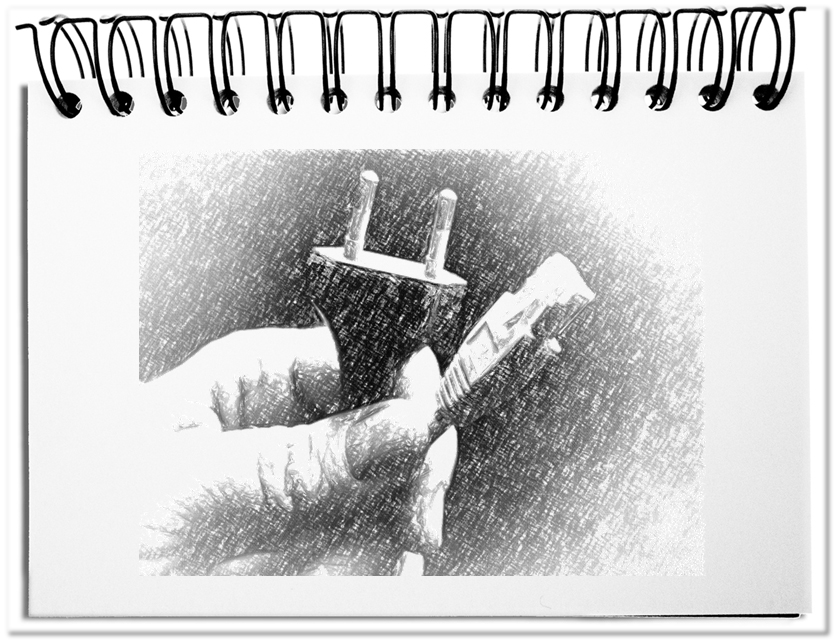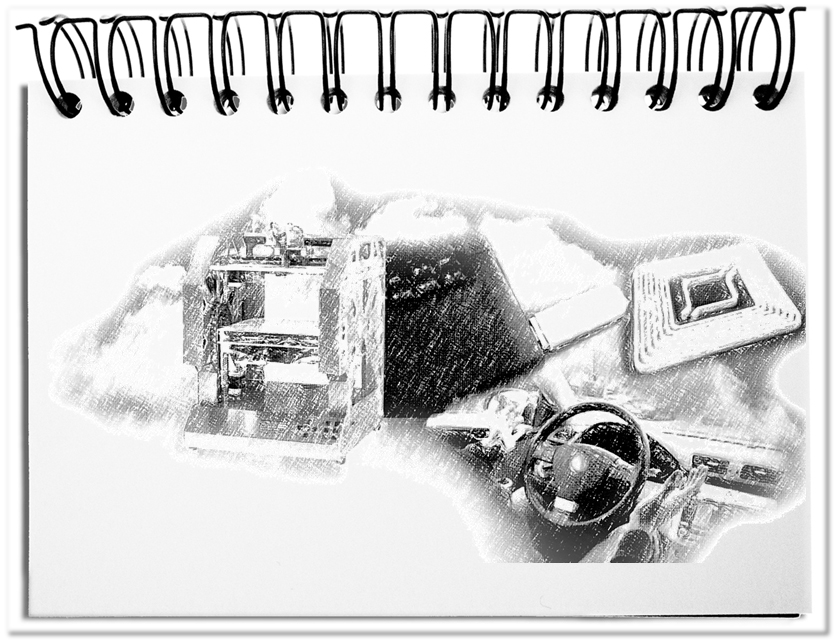To be travelling always means that one has to give up its familiar, own infrastructure. Depending on the budget, it is possible to carry one or the other luxury with you, but you always have to limit yourself. In former times beverages, meals and accommodations were the daily concerns. Today, it is more important to find a power connection for loading the mobile infrastructure and an internet access by cable or wireless.
The access to the net is the most important pre-requisite, in order to benefit from the personal, virtual environment wherever you are – e.g. in the airport, airplane, course, car, taxi, lounge, café, hotel room. The result is a new pastime. The various gadgets need to be kept up-to-date via the net. That way, Tamagotchi reached our everyday life.
Charging opportunities for the smartphone or the computer is vital. All relevant travel information, like tickets, addresses of the hotels and other information are stored in the devices. However, the paperless memo is worthless without power.
Then there are still the current components of communication – the email, the World Wide Web as well as pictures, films and other files. Personal and business data are available in the Cloud and can be retrieved, processed and exchanged at any time – as long as you are connected. That way you do not have to give up the virtual components of the personal objects.
The good news is that the basic needs of the past, food, drink and sleep, can be managed comfortably via the net. The bad message is “No power, no online hour“. The virtual environment is unreachable, if a power connection is not accessible, the battery is empty or the Cloud is no longer available in the absence of net access. As emergency solution remain the Internet cafes that can be found more and more frequently.


